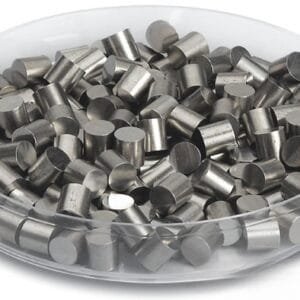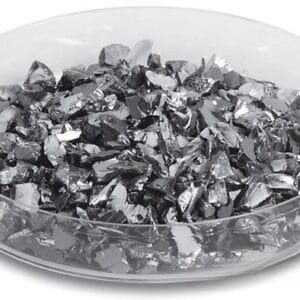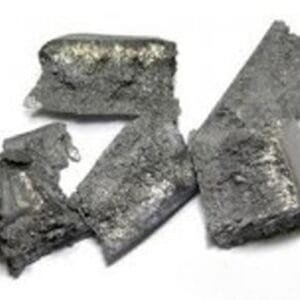Copper Gallium Evaporation Materials Overview
TFM offers top-quality copper gallium evaporation materials, a specialized alloy combining copper (Cu) and gallium (Ga). These high-purity materials, reaching up to 99.9995% purity, are crucial for achieving exceptional deposition processes that ensure superior film quality. TFM’s rigorous quality assurance processes guarantee that our products deliver reliable performance in every application.
Applications of Copper Gallium Evaporation Materials
Copper gallium evaporation materials from TFM are versatile and essential in several high-tech applications, including:
- Semiconductor Deposition: Ideal for both chemical vapor deposition (CVD) and physical vapor deposition (PVD) processes.
- Optical Applications: Used in producing coatings for wear protection, decorative finishes, and display technologies.
Packaging and Handling
Our copper gallium evaporation materials are meticulously packaged to prevent any damage during storage and transportation, ensuring that they arrive in pristine condition, ready for use.
Related Products
Explore our related products, including Copper Evaporation Materials and Gallium Sputtering Targets, to complement your deposition needs.
Contact Us
TFM is a leading provider of high-purity copper gallium evaporation materials, available in various forms such as powders and granules. We also offer customized forms upon request. For pricing information or to inquire about other deposition materials not listed, please reach out to us.


 MSDS File
MSDS File



Reviews
There are no reviews yet.